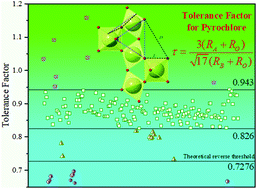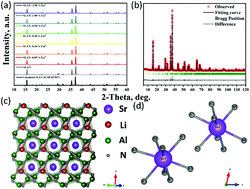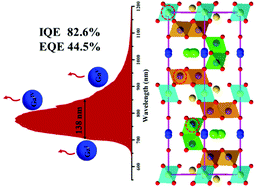Inorg. Chem. Front., 2020,7, 1583-1590. https://doi.org/10.1039/D0QI00016G

The tolerance factor is a structural indicator that connects the crystal structure and chemical composition. In this work, we establish the tolerance factor for pyrochlore A2B2O7-type compounds, using ionic radii of the compositional species. It is derived following similar procedures to those of perovskite and garnet structures. More than 180 A2B2O7 type compounds are examined to test its validity in predicting the pyrochlore phase stability. It can also be used to understand the reverse and order–disorder cationic occupations. This structural descriptor could be used together with machine learning or high-throughput screening methods for new material design and discovery taureau mécanique prix.





